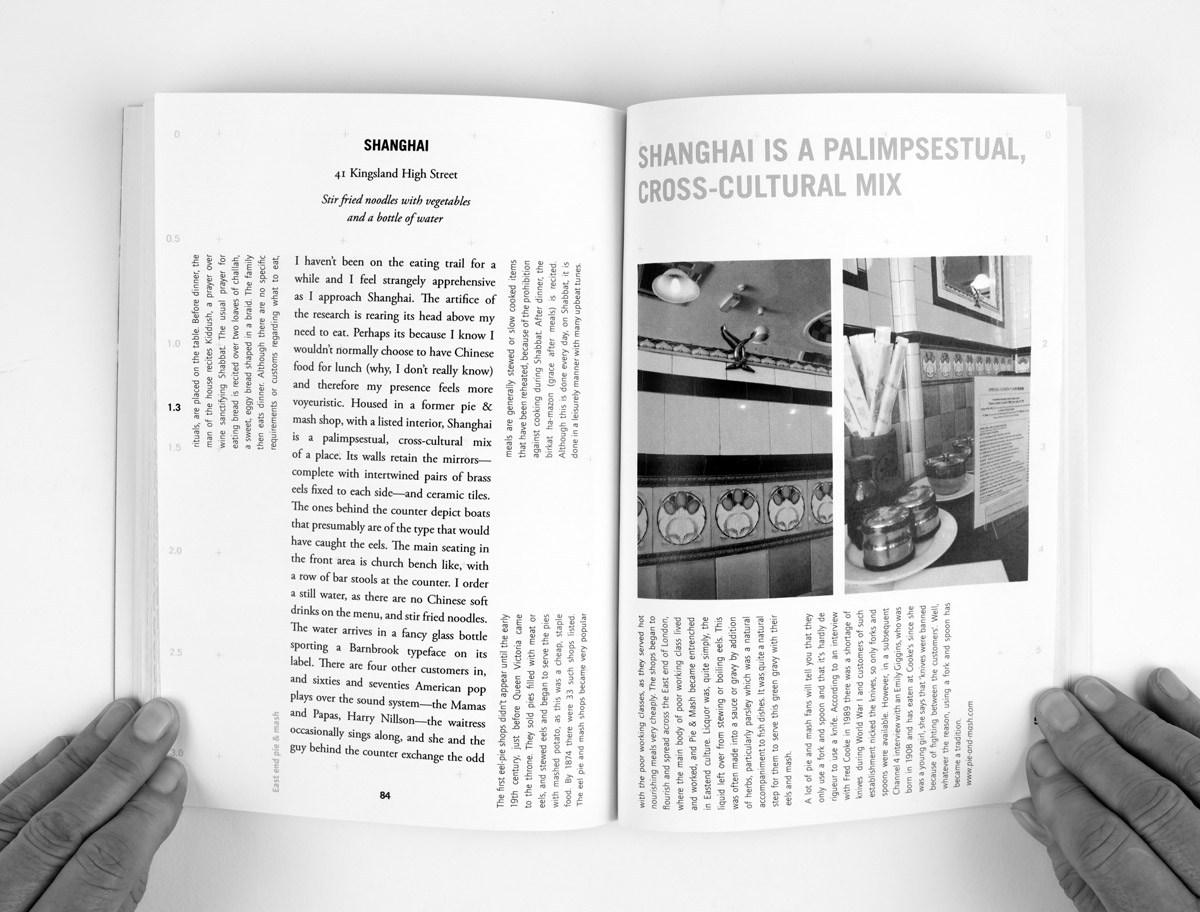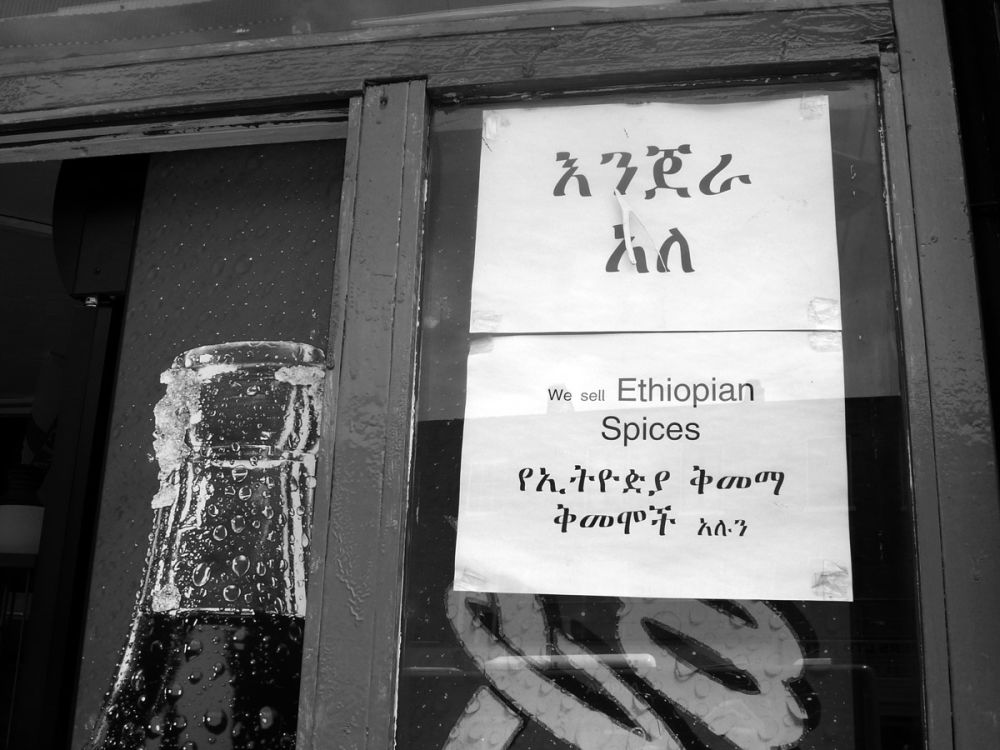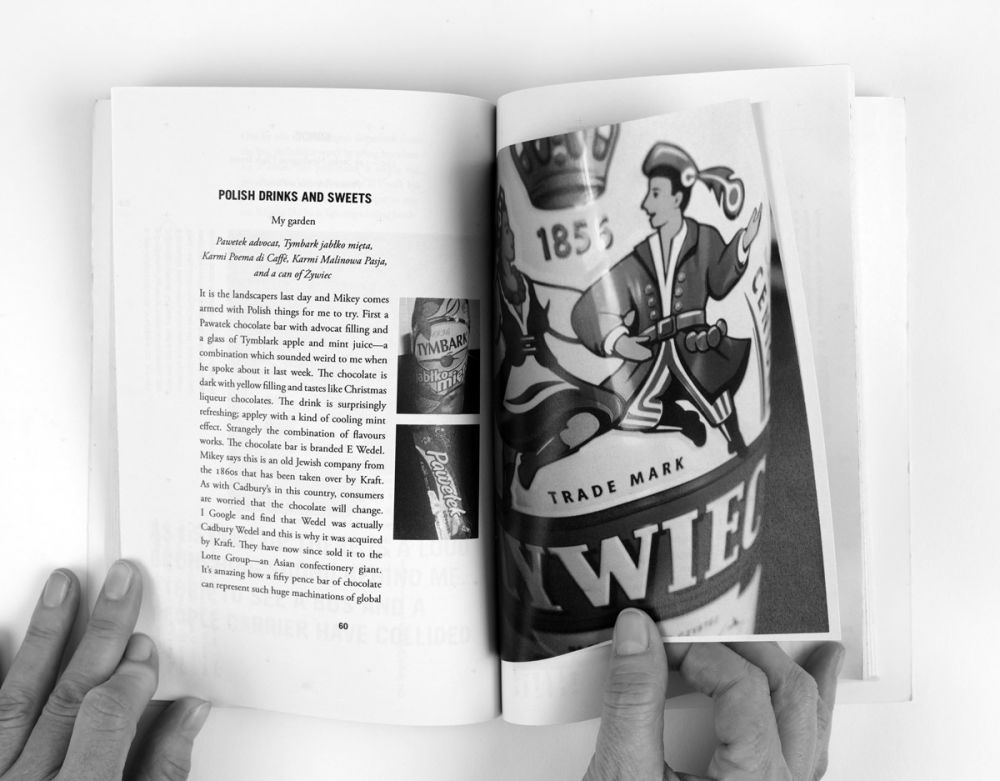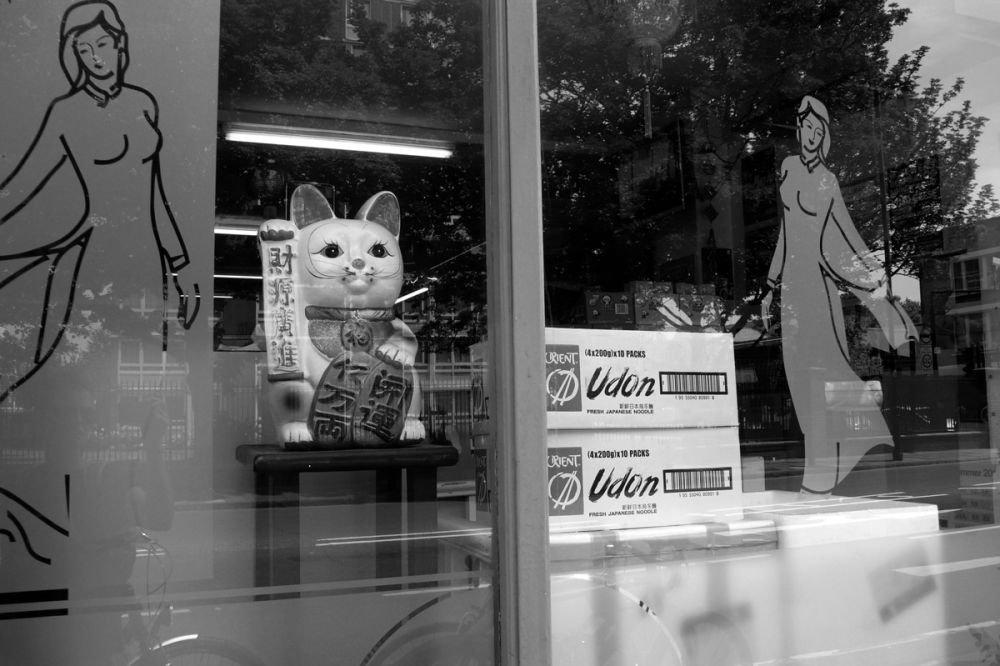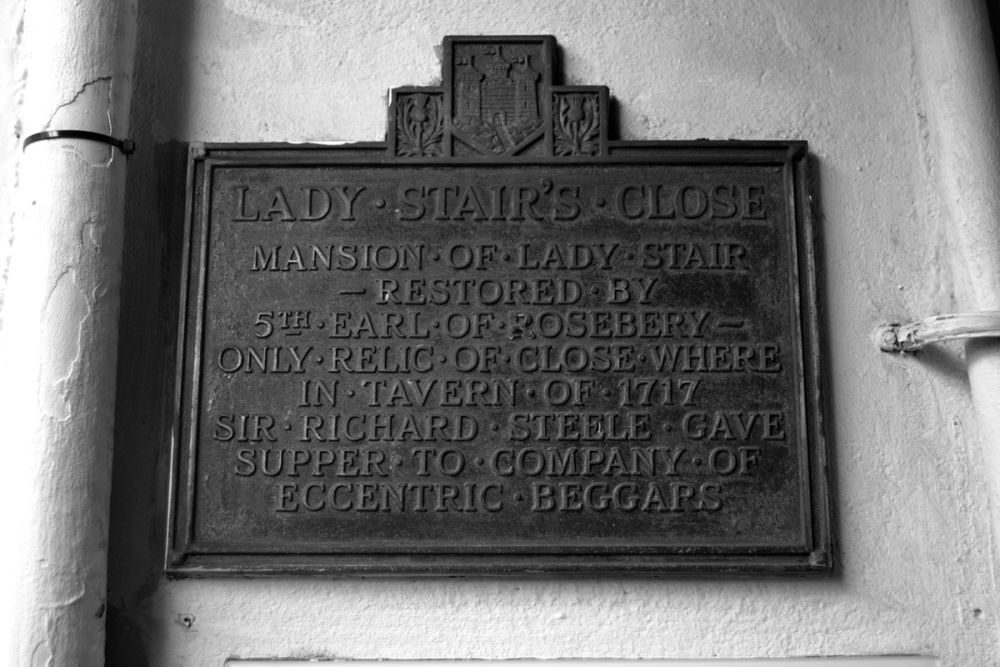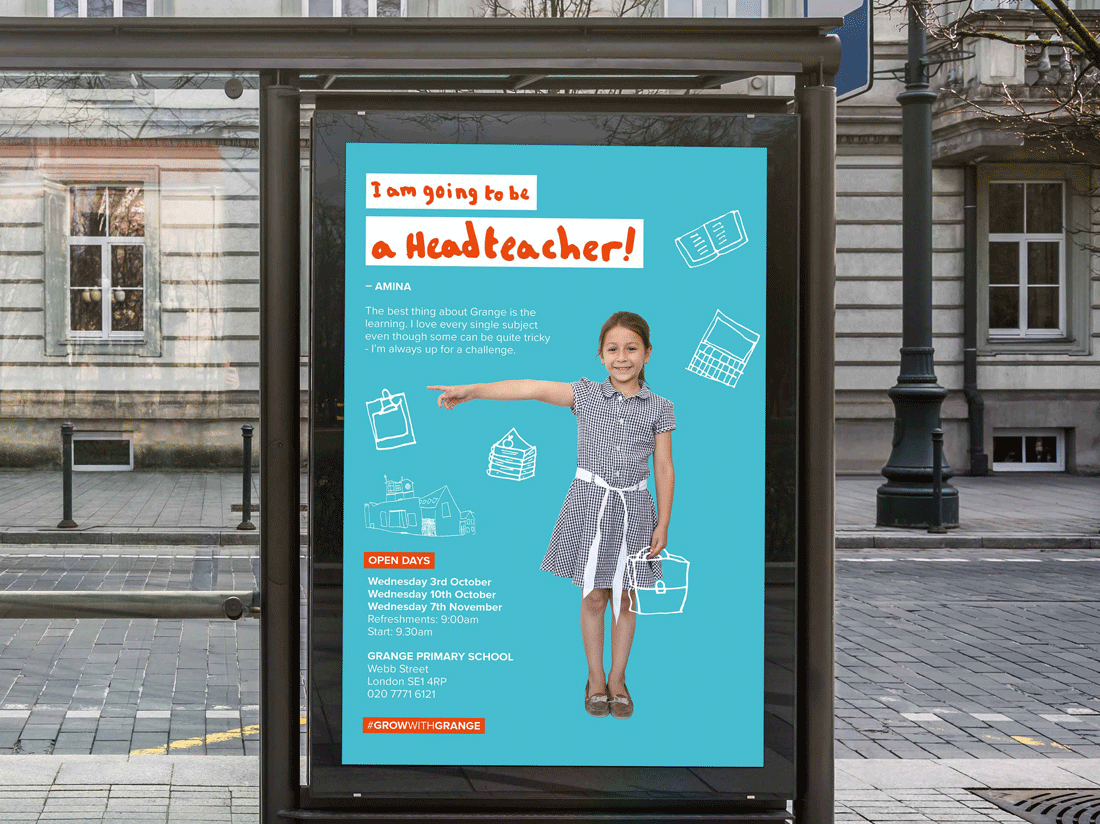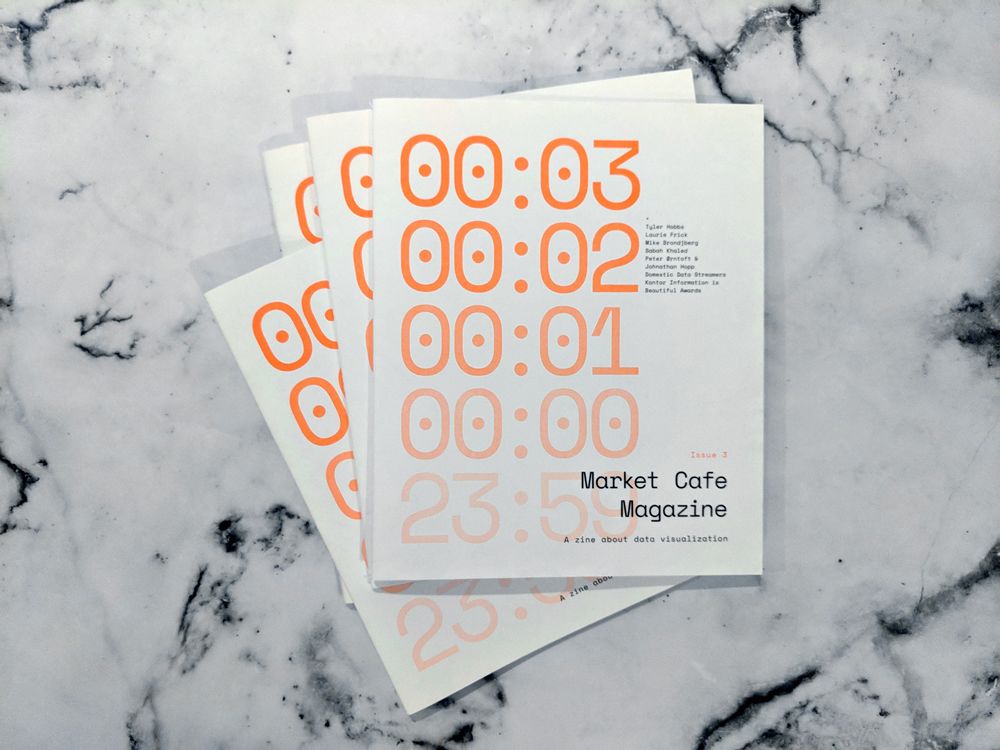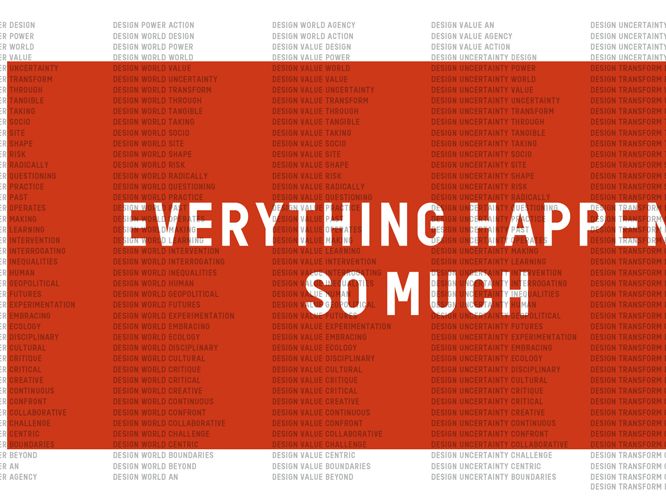Besides from her work as BA (Hons) Graphic Branding and Identity Course Leader, Dr Alison Barnes is an active designer and researcher – with a particular interest in the impact of design within the field of cultural geography.
Following on from her research in the role of branding in food packaging authenticity in 2017, a few months back Alison published ‘Creative Representations of Place’, a book drawing together theory and practice from cultural geography, anthropology and graphic design.
Since then Alison has also been accepted as a fellow of the Royal Geographical Society, the UK’s leading centre for geographers and geographical learning, which she admits is “probably unusual for a designer”.
We caught up with Alison to find out more about her latest book, the importance of design in cultural geography, and her future research taking her back to former Arsenal football ground Highbury...
For those who may not have heard the term before, could you briefly describe the field of 'cultural geography'?
Cultural geography is about the relationship between culture and everyday life and place. It is about understanding how things like people's cultural values, practices and material artefacts are expressed in places and contribute to their formation.
These might include anything from how people queue at a bus stop in the UK to how words and images are used to represent certain lifestyles in advertising for new residential developments. These different facets of everyday life not only help us to make sense of places and communicate meaning, they also show how places and identities are produced.
Often cultural geography focuses on how these different practices and values come together to develop a sense of belonging or exclusion for different groups of people.
Your book, ‘Creative Representations of Place’, was published with Routledge in 2018. Could you give us a brief summary?
In broad terms, the book is about two things, firstly, it is about how we develop a sense of place and how our everyday lives, practices and beliefs actually help construct those places.
Secondly, it is about the way graphic design and print-based media can be used to communicate an experience of place for the reader or viewer that is multi-sensory and interactive. In other words, by using format, stock, typography and images in different ways to tell a story books can take you on a journey that enables you to put yourself in the place of the subject under discussion.
Previously, the designer was perhaps seen as the person to come in at the end of a project and help the researchers make a nice poster of their findings. I am making the case for the designer to be included in research projects from the start, to contribute to the understanding of the research question, not just its communication. — Dr Alison Barnes
More specifically, the book features three very different research projects.
One that focuses on the commercial space of grocery shops, cafés and restaurants in Hackney and frames place within discussions of food, multi-culturalism and belonging.
One that centres on the private, domestic space of the home, and the role collecting and meaningful possessions play within the material and imaginary construction of our homes.
And a third that was developed in the Old Town in Edinburgh and focuses on material traces within the built environment that can trigger a kind of 'haunting' that brings the past into our experience of the present.
How does your work in cultural geography cross-over with your work and interests in design and branding?
A large part of the book focuses on graphic design and the power of form and typography to communicate meaning and convey experience.
Students on BA (Hons) Graphic Branding and Identity inevitably produce some projects that are print-based and I therefore encourage them to understand the potential of print and the sensory and interactive possibilities it has. To be a branding designer you have to engage your audience and often have to develop an emotional connection, so to understand the power of design in this context is very important.
It is also imperative that students understand their audience and the context of the project they are working on. In that sense they need to be aware of the world around them, to understand how people behave or interact, and this is where ethnographic research comes in.
Ethnography is about studying people in their environment and designers do this a lot. Often designers use visual methods such as photography or mapping, but they also use methods like interviewing or observation and notetaking. Research like this helps you understand the project far more directly than just sitting at your desk and Googling.
Gallery
What inspired you to create the book, and why now?
The book builds on the research I undertook on my PhD here at LCC and have presented at conferences and symposia internationally in recent years.
Many of these events were actually held in geography departments as during the past 15 years geographers have become very interested in exploring how the use of creative methods within their research can benefit their understanding of places and, in turn, inform the representation of their research findings to help give the audience an experience of what that place is like.
I found that most geographers only worked with or referenced art in this context and as a graphic designer I was keen to show that our research methods and our practice has much to contribute in this context.
What impact do you hope it will have, and what do you hope people take away from it?
I hope that by contributing to the current discussions around the use of creative methods within geography and the social sciences more broadly it will open up the way for design – and graphic design in particular – to play a greater role in interdisciplinary research collaborations.
Previously, the designer was perhaps seen as the person to come in at the end of a project and help the researchers make a nice poster of their findings. I am making the case for the designer to be included in research projects from the start, to contribute to the understanding of the research question, not just its communication.
Designers are seen by many as naturally collaborative and many of the problems facing society today are what we call 'wicked' – they are really complex in nature and multi-faceted – therefore they need people from a range of disciplines to come together and solve them. I would hope that academics in other areas begin to realise that designers and design research methods can bring something much more to a project than making it look nice.
I hope that by contributing to the current discussions around the use of creative methods within geography and the social sciences more broadly it will open up the way for design – and graphic design in particular – to play a greater role in interdisciplinary research collaborations. — Dr Alison Barnes
How important is it that design students are taught by active practitioners, and that Lecturers and Course Leaders continue to make, create, research and learn?
I think it is incredibly important and we are really lucky at LCC to be surrounded by staff who are research active and often leaders in our fields.
Research is what drives the subject and industry forward and often this research will feed back into the teaching, so for students they can see the subject growing and changing.
I think it also shows students the importance of developing a curiosity for your subject that drives you to continually explore its possibilities as a life-long learner.
How do you hope to take this forward, and do you have any future publications you're working on?
I have recently been accepted as a fellow of the Royal Geographical Society which is probably unusual for a designer, but I think it reflects the fact that they recognise my work and the discipline of graphic design has much to contribute in a research context beyond art and design.
I am continuing to build my work in this area by connecting and collaborating with researchers in other institutions, for example those at The Centre for the GeoHumanities at Royal Holloway, University of London. We are discussing the possibility of developing a Graphic Design and Geography AHRC network bid to bring a range of researchers together around a specific theme.
I have also completed a chapter for an edited book on creative research methods which is being published by Palgrave MacMillan later this year and am currently finishing an article about a geo/graphic mapping project I undertook a while ago in Nottingham that focuses on the mapping of memories within a small inner city area that was once a burgeoning community built on the lace trade.
Alongside that I have just started a project that looks at the emotional geographies of the old Arsenal ground Highbury. My plan is for this to develop into a larger body of work about football that will cover topics such as the use of graphics within new stadia that attempt to relocate collective memories and the attempt to reposition the club badge as a logo as football becomes ever more commercial.
If readers are interested in learning more about this field, where would be a good place to start?
There are some great examples of books and projects out there that link to all the things we have talked about above. For example, Kerry Smith's book 'How to be an Explorer of the World' is a great take on ethnography from an art and design perspective and contains a whole range of mini projects you can do yourself. Russell Bestley & Ian Noble's three editions of 'Visual Research: An Introduction to Research Methods in Graphic Design' showcase a whole range of really interesting projects alongside great insights into the research process from a design perspective.
If people are interested in finding more out about place and cultural geography I would recommend Tim Cresswell's book 'Place: An Introduction' and Jon Anderson's book 'Understanding Cultural Geography: Places and Traces'.
Dr Alison Barnes is a researcher, designer and Course Leader for BA (Hons) Graphic Branding and Identity at London College of Communication.
- Find out about Research at London College of Communication.
- Learn more about Dr Alison Barnes.
- Explore BA (Hons) Graphic Branding and Identity.
